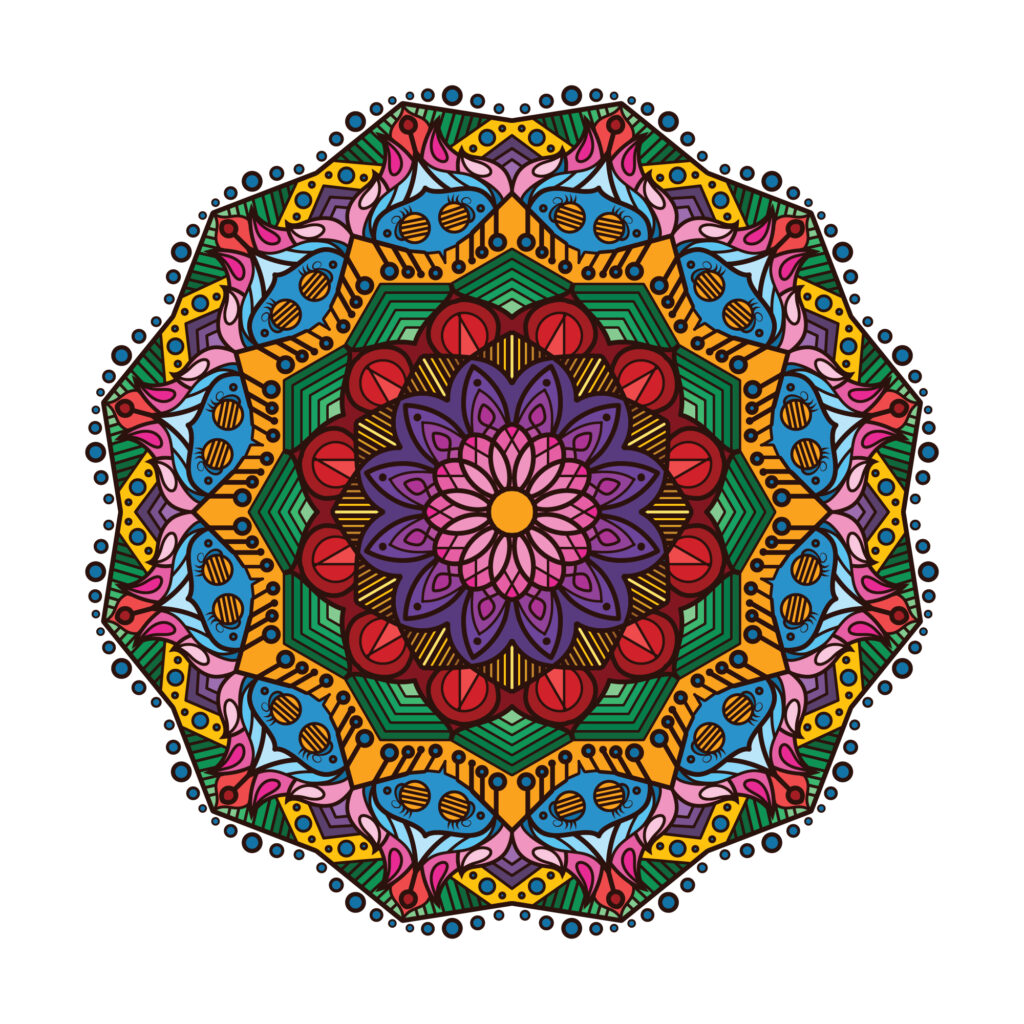
“A ‘No’ uttered from deepest conviction
is better than a ‘Yes’ merely uttered to please.”
– Mahatma Gandhi
Do you say ‘yes’ to others out of fear of disappointing them or what they will think if you say what you truly want to say? Do you have a hard time saying ‘no’, or feel extreme guilt if you do? This challenge is about reflecting on our patterns with boundaries and making changes to have healthier boundaries.
Having poor boundaries looks like pleasing others, second guessing ourselves, excessive or paralyzing worry about how others will perceive something we do, accommodating or tiptoeing around others, and accepting or staying in situations, even if our values, health, happiness, or wellbeing aren’t respected or are being jeopardized.
Having healthy boundaries means being able to stand firm in our needs and values, knowing when we need to stand up for ourselves when to say ‘Yes’ and when to say ‘No’, and not feeling guilt about doing this.
We may develop poor boundaries out of a need to be accepted or fear of being rejected. This may have served a purpose at one moment, but staying in a pattern of poor boundaries can lead to anxiety, depression, burnout, and even chronic illness.
Setting healthy boundaries can be a real challenge when we are not used to it. The thought of someone being upset, disappointed or even rejecting us feels uncomfortable and scary. If this is new for you, start by saying ‘Yes’ to yourself for something. When that feels comfortable. Remember that the goal isn’t perfection, but progress.
assess how you are with setting boundaries
- Reflect on your boundaries. Do you feel they need to change? Do you feel happy with how you set boundaries?
- Where would it be easiest for you to set better boundaries?
- Where is it more challenging to set better boundaries?
tips to help you with this challenge
- Say ‘Yes’ to yourself by doing something for yourself that makes you feel good, or something you have been putting off.
- Practice respecting your boundaries and putting your needs first or keeping them in consideration when you make decisions.
- Reflect on what healthy boundaries look like and feel like for you.
- Try out applying this in a way that feels comfortable to you. (Remember that this may not feel very comfortable if it is new.)
reflect on your journey
- How comfortable do you feel setting healthy boundaries for yourself?
- How comfortable do you feel continuing to work on maintaining healthy boundaries?
If this challenge is triggering for you, or you need support to break this pattern, reach out to someone you trust, or consider working with a therapist, or check out how you can work with me to help you break this pattern.
